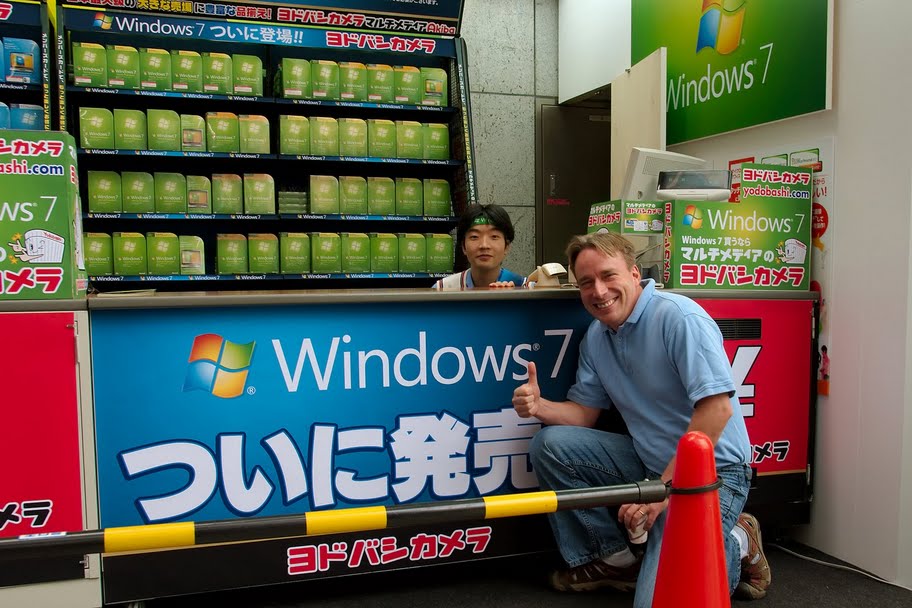Back in June I got myself a new laptop — Thinkpad T520. As always, it’s a solid design (yes, I know, Thinkpads aren’t what they used to be). The unfortunate news is that the hardware was just a bit too new to be supported well. It came with Windows 7, which of course knew how to deal with all the devices in the system.
Debian
I tried installing Debian, but anything but the latest testing snapshot didn’t recognize my Intel 82579LM ethernet chip. The latest development snapshot installed just fine, but when I tried to boot into the installed system, everything got stuck in the middle of the initramfs. Booting with init=/bin/bash got me a shell, but anything and everything I tried didn’t fix the problem in the end. I searched the bug tracker for similar issues — no luck. In a last ditch effort, I tried to ask #debian. In has been my experience in the past that this channel is useless, but I asked anyway. I got precisely zero responses.
OpenIndiana
Unlike Debian, OpenIndiana installed and booted just fine. Sadly, both my wifi (Intel Wifi Link 1000) and my wired ethernet were not supported. I ended up installing VirtualBox in Windows and OpenIndiana underneath it. It worked reasonably well. At the same time, I started pestering some of the Illumos developers that mentioned that they were working on an update to the e1000g driver — the driver for my wired network interface.
Yesterday, one of them updated the bug related to the driver update with binaries for people to try. Well, guess what? I’m writing this entry in Vim over ssh.
The driver install was a simple matter of overwriting the existing e1000g files, and then running update_drv -a -i ’"pci8086,1502"’ e1000g and then rebooting. (I could have used devfsadm instead, but I wanted to make sure things would come up on boot anyway.)
I still need to switch Xorg to the proprietary NVidia driver.
Windows
I’m pretty sure I’ll end up rebooting into Windows every so often anyway…if only to play  Age of Mythology. :)
Age of Mythology. :)
P.S. In case you haven’t guessed it yet, Meili is my laptop’s hostname.
 Age of Mythology
Age of Mythology